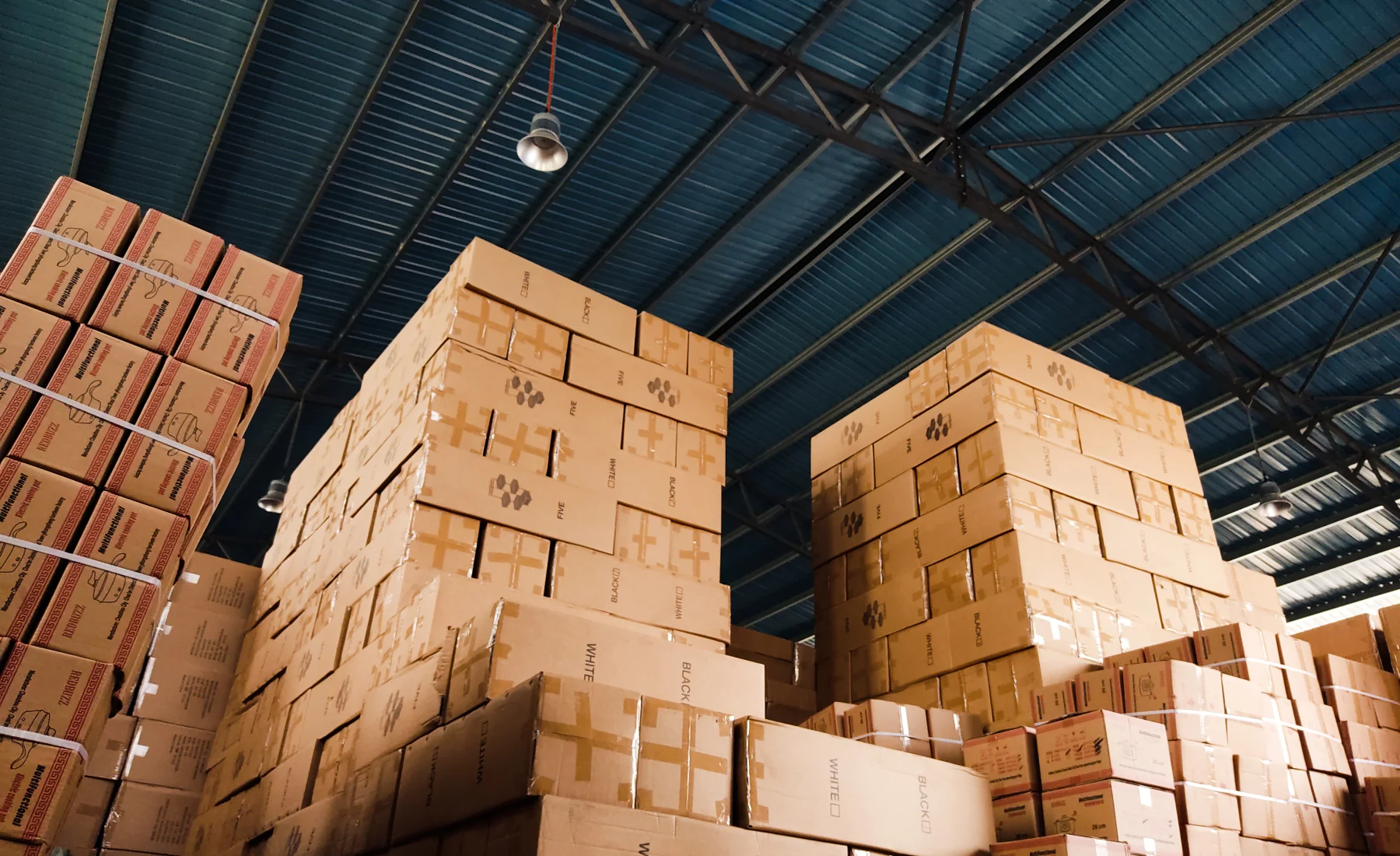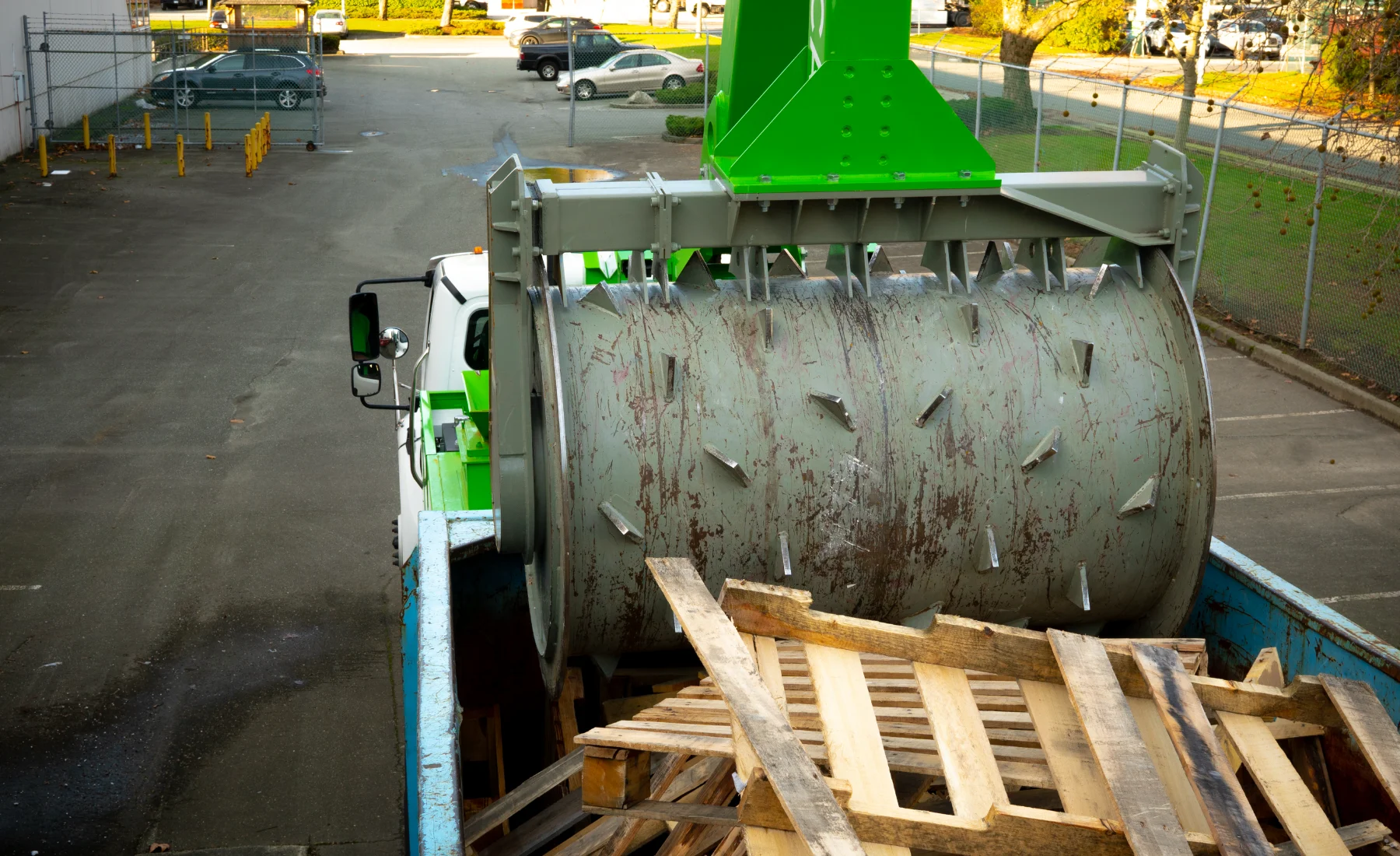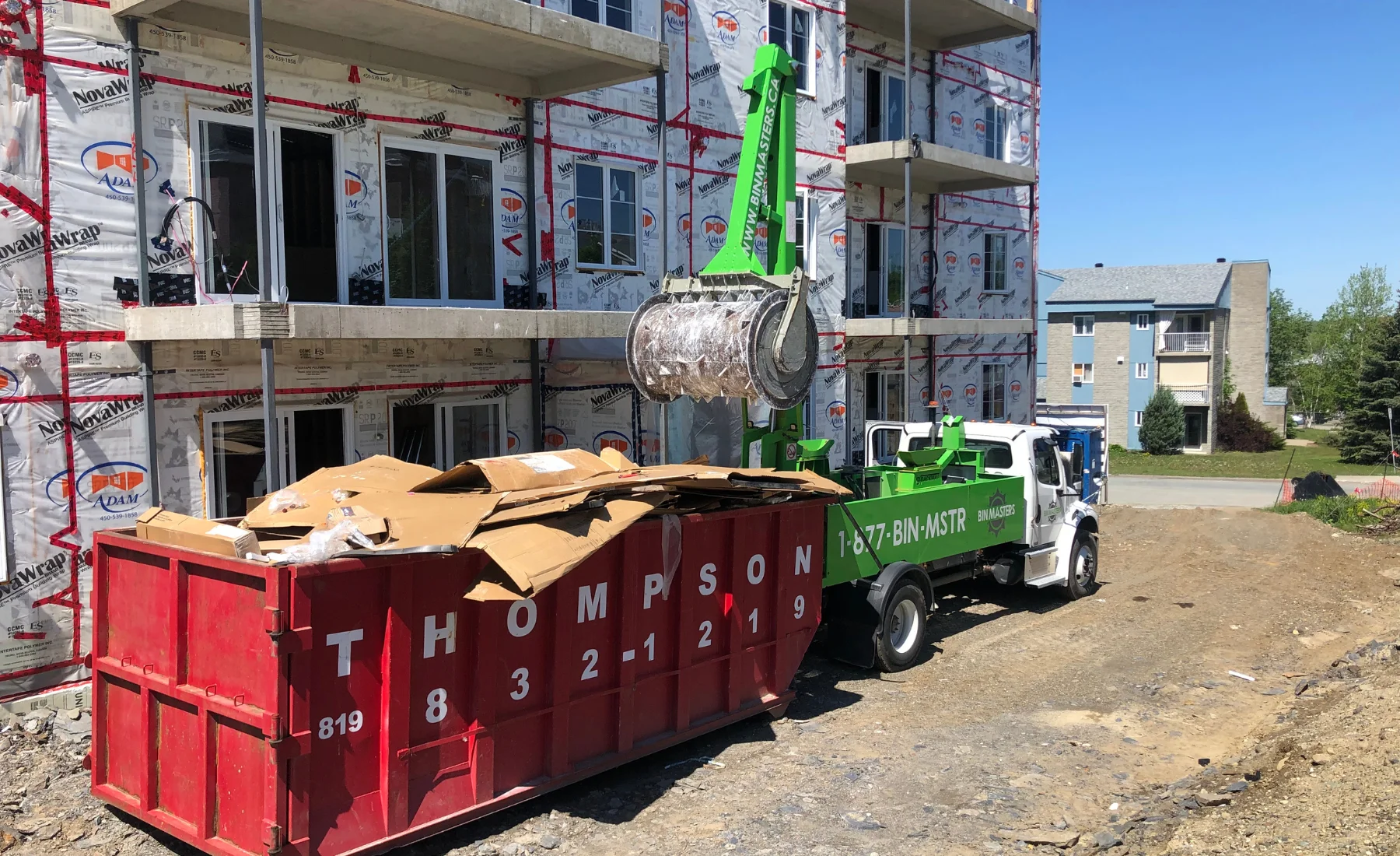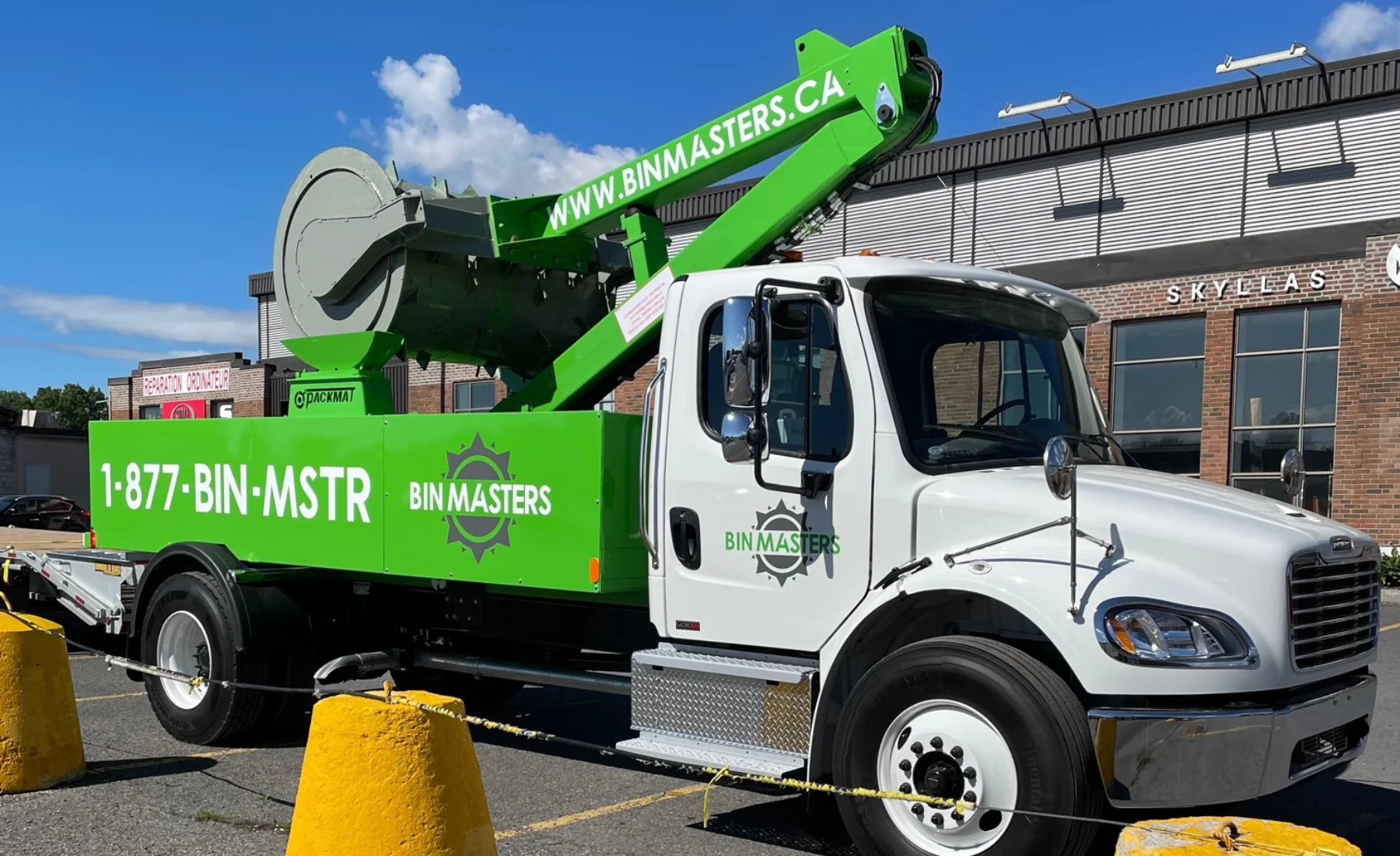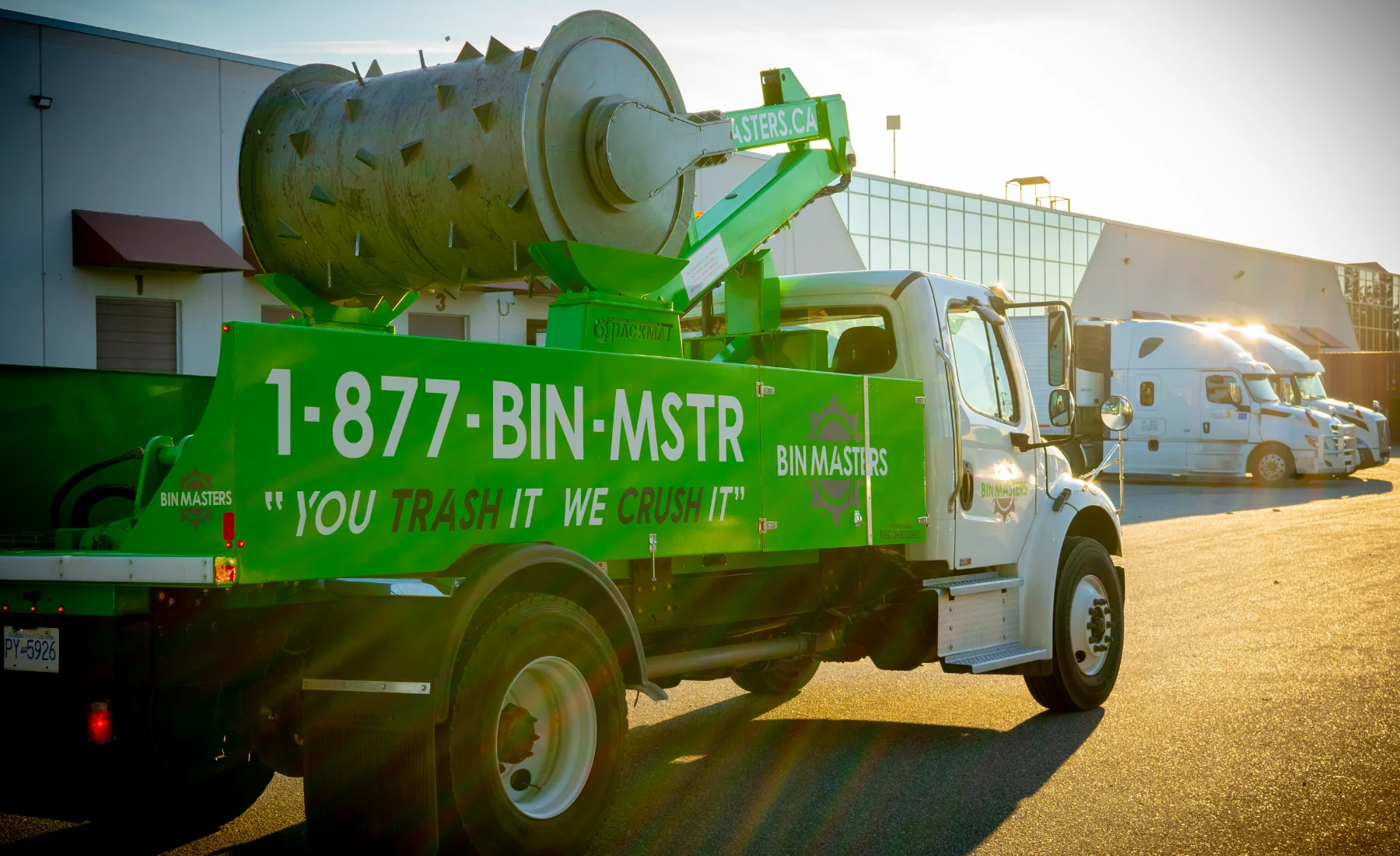Resource preservation and material value retention are at the core of the circular economy, a system designed to keep products and resources in use for as long as possible. Yet, these concepts mean little without practical, on-the-ground solutions. That’s where on-site waste compaction, like the services we provide at BinMasters Québec, becomes so much more than a cost-saving tactic. It's a foundational element in turning waste management from a linear, disposable exercise into a circular, value-generating process.
Understanding the Challenge: Material Value Loss in Traditional Waste Management
Traditionally, most business waste in Quebec and beyond follows a linear path: resources are extracted, manufactured, used, and then thrown away. Too often, valuable recyclable and reusable materials are lost in the shuffle, damaged, commingled, or needlessly sent to landfill. This is not just an environmental issue but a direct economic loss for businesses and the province as a whole. Every time high-quality cardboard, metal, wood, or plastic leaves a site as contaminated or loosely packed material, the opportunity for material value retention is diminished.
Defining the Circular Economy and Why Compaction Matters
The circular economy is about closing the loop: materials are used, recovered, and repurposed to maximum effect. This means reducing both the raw resources consumed and the waste generated. At the heart of this cycle is a simple truth: the higher the quality and purity of the materials you deliver to recyclers, the more likely they are to be processed and reused, and at a higher value.
On-site waste compaction helps meet these goals in several powerful ways:
- Preserving Resource Quality: Compaction prevents loose, bulky waste from mixing and being contaminated, critical for resource preservation.
- Maximizing Transport Efficiency: More waste in fewer collections means less handling, less exposure to contaminants, and reduced greenhouse gas emissions.
- Optimizing Storage and Segregation: Controlled compaction makes it easier to maintain separate waste streams, a key for quality recycling.
Material Value Retention: How Compaction Protects Your Recyclables
In circular economy compaction strategies like ours, every intervention is designed to maintain and enhance the value of recyclable materials. Here’s how on-site compaction contributes to material value retention:
- Cardboard and Paper: Dry, compacted bales or stacks stay clean and intact in your containers, increasing their recovery rate and market price.
- Metals: Compaction reduces oxidation and prevents mechanical damage, making the scrap more likely to be accepted as high-quality feedstock by recyclers.
- Compostables and Wood: Denser, compacted organics reduce leakage and spoilage, supporting better end uses such as composting or energy recovery.
- Plastics: Segregated, compacted plastics are less likely to be downgraded due to contamination from food, paper, or wood residues.
Each of these improvements makes it more likely your materials will be truly recycled (not downcycled or landfilled), multiplying the effect of resource preservation throughout the entire value chain.
Why Resource Preservation Matters for Your Operations
From a business perspective, taking an active role in resource preservation via compaction directly impacts the bottom line:
- Lower Waste Disposal Fees: By reducing the number of container collections needed, you save on transport and tipping fees.
- Higher Value Recyclables: Clean, compacted recyclables command higher prices, especially for cardboard, metals, and certain plastics.
- Improved Site Safety & Aesthetics: Fewer container overloads mean safer and cleaner work environments, supporting compliance and staff morale.
- Environmental Compliance: Supporting Quebec’s circular economy targets can help fulfill regulatory requirements and open the door to green procurement and certification incentives.
On-Site Compaction in Action: Our Approach
Here at BinMasters Québec, we’ve optimized our compaction service for maximum impact within the circular economy:
- Rapid Response, No Obligations: Our mobile teams come to your site on a schedule that suits your operations, no need for equipment investment or long-term commitments.
- Preservation of Material Value: Our compaction process is gentle enough to preserve container integrity and material quality, yet thorough enough to reduce waste volume by up to 70%, sometimes more, depending on the material.
- Versatility Across Waste Streams: Whether you’re dealing with construction debris, metals, wood, recycling, or organics, our approach is tailored to retain the material’s quality and prepare it for its next life.
Compaction as a Backbone for Circular Economy Compaction Initiatives
It’s not enough to just recycle, the material has to be worth recycling. By integrating on-site compaction, you support both the technical cycles (industrial materials like metals and plastics) and biological cycles (compost, wood) envisioned by circular economy frameworks. In fact, every percentage of volume saved through compaction can directly cut the number of truck trips, the energy spent on transport, and the likelihood that sorted materials get contaminated or landfilled.
Practical Steps for Businesses
- Analyze Waste Streams: Look beyond just quantity, evaluate the types and quality of materials leaving your site. Identify high-value streams where retention efforts will have the greatest impact.
- Schedule Regular Compaction: Regular intervals help keep recyclables pure, dry, and separated. Compaction isn’t a one-time fix; it’s part of a systematic approach to material value retention and resource preservation.
- Educate & Empower Staff: Simple training ensures that pre-sorting and compaction practices support rather than hinder recycling outcomes.
- Work with Local Partners: By connecting with circular economy-minded vendors and haulers, you maximize the end-market value of your segregated, compacted materials.
What Does Success Look Like? Metrics for Measuring Impact
When a business adopts on-site compaction as part of its circular economy strategy, positive change is quickly measurable. The most significant indicators include:
- Increased Recovery Rates: More cardboard, metal, and plastic arriving at recyclers in usable condition.
- Reduced Collection Frequency: A real drop in the number of waste hauls needed, saving both money and emissions.
- Higher Rebate or Sale Pricing: Clean, compacted recyclables are up to twice as valuable as mixed, contaminated loads.
- Visible Improvements: Less overflow, reduced windblown litter, and a tidier site demonstrate commitment to sustainability to clients and staff alike.
Moving Forward: Compaction as a Strategic Asset in the Circular Economy
At BinMasters Québec, we believe that maintaining the value of resources and materials isn’t just theoretical: it’s achievable, cost-effective, and necessary if we want to build a more sustainable future for Quebec and Canada at large. Compaction transforms waste management from a hidden cost into a lever for sustainability and growth, freeing up capital, improving operational efficiency, and delivering measurable environmental outcomes.
If your business is ready to join the movement toward resource preservation, material value retention, and true circular economy compaction, there’s no better starting point than rethinking how you handle waste on-site. Our team is here to help you analyze your waste streams, schedule your first compaction, and start capturing the value that’s been hiding in your bins all along.
Learn more and schedule your complimentary first compaction with BinMasters Québec, let’s preserve resources and build a stronger circular economy together.
.svg)

